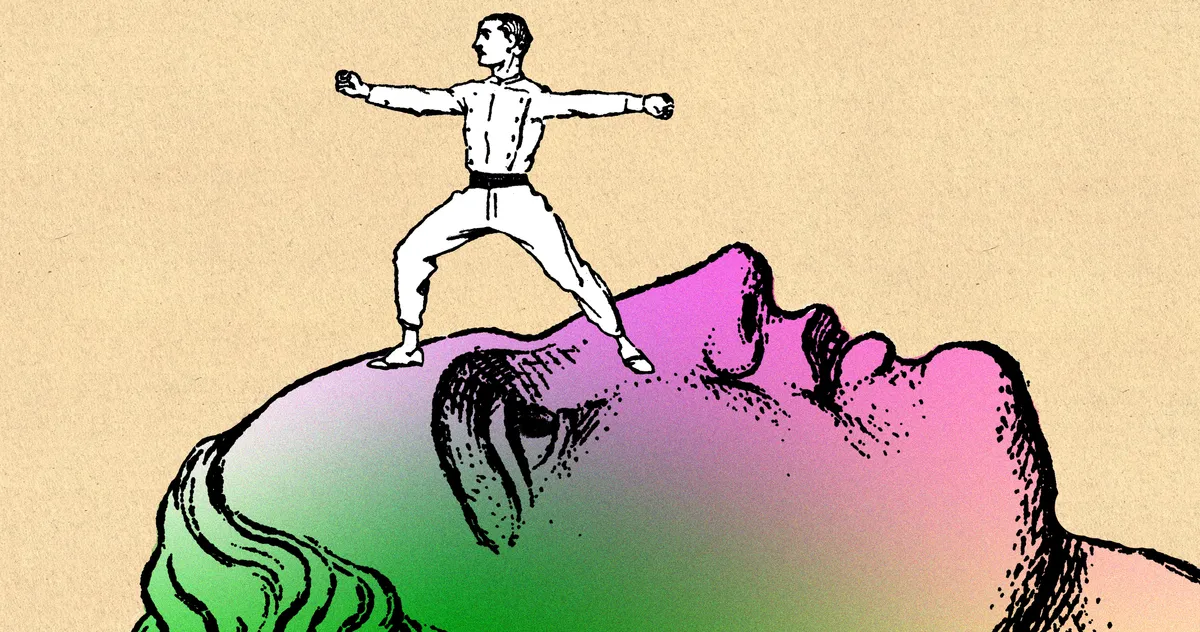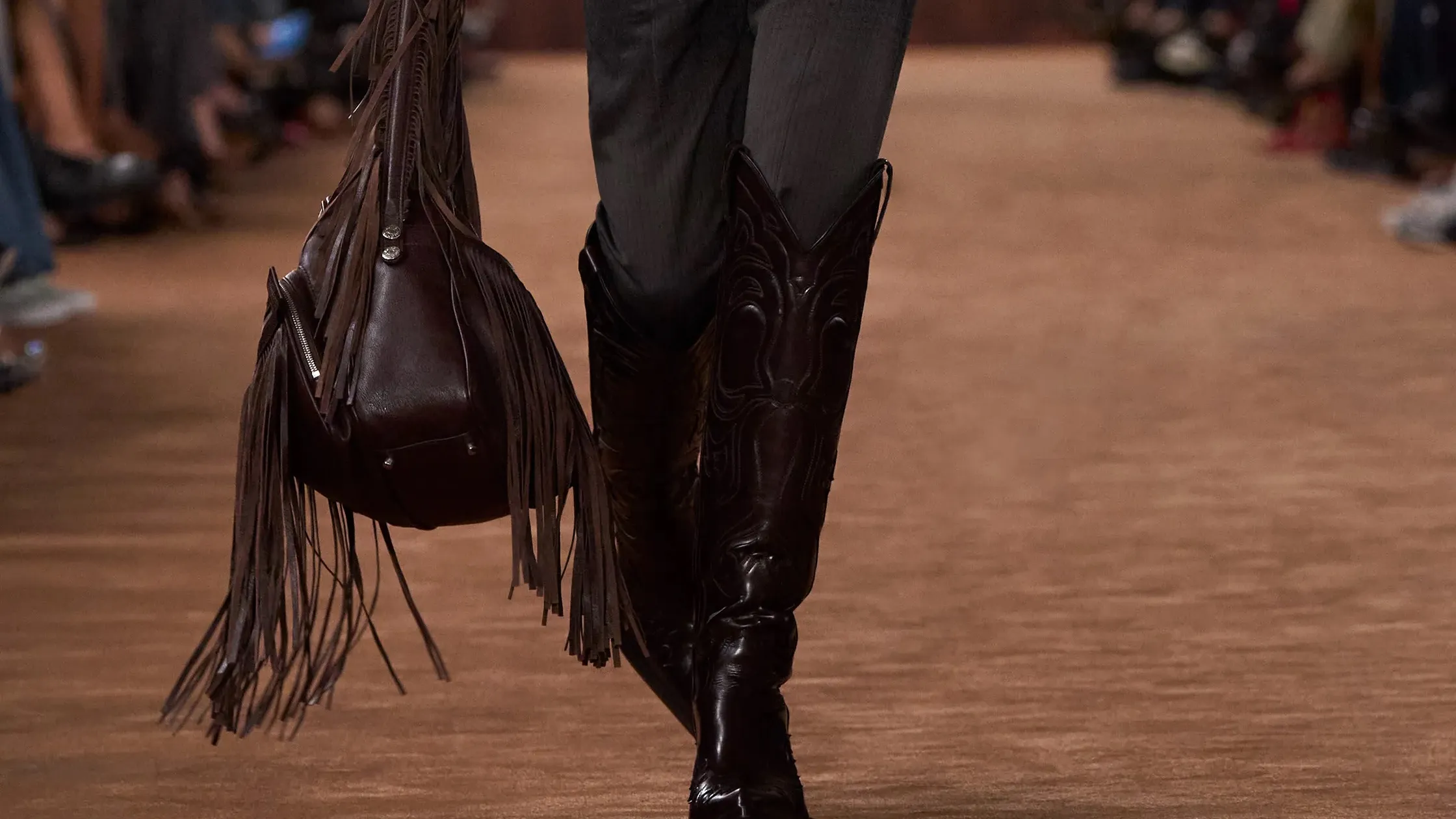Copyright New York Magazine

Welcome to Wrinkles Week on the Strategist, where we’re deeply vetting skin-care solutions for anyone looking to smooth fine lines and wrinkles (or prevent their showing up in the first place). For more, head to our Wrinkles Week hub. Many of us (myself included) practice yoga every week, but face yoga is another story. The practice — which involves gentle repetitive facial movements and holding certain positions — has been gaining popularity on social media, where skin influencers and wellness experts claim that it’s a way to improve facial firmness, elasticity, and even fine lines. Compared to other non-invasive anti-aging methods like microcurrent and red light therapy, face yoga doesn’t require any fancy tools. As someone who’s tried the gamut of face-snatching techniques over the years — from gua sha and Botox to the vibrating TheraFace Mask — I was intrigued, and curious about just how effective face yoga could really be. To investigate, I spoke to certified face yoga teacher Tina Scholl, plus board-certified plastic surgeons who specialize in aesthetic facial surgery and reconstruction. Board-certified plastic surgeon Dr. Robert Whitfield, who performs a “no-cut” facelift, explained that, “Face yoga is essentially a form of exercise for the face, using a series of movements and expressions to engage its more than 40 muscles.” Similar to the body, Whitfield says, our face muscles can be toned and relaxed through targeted exercises. Those exercises can be anything from holding poses that tone the midface muscles to training the eye muscles to work without moving the forehead, which helps smooth horizontal forehead lines. Some exercises involve gentle stretching — for example, one is to put your palms on your chest, gently pulling downward and then lifting your chin upward, so you can target jawline tension and lengthen the front of the neck. Scholl, the founder of The Balanced Face and a certified Face Yoga Method coach trained under the founder Fumiko Takatsu, says face yoga can also be thought of as a “retraining of the brain” to improve the way we use our facial muscles. “We have muscles that take over the work from smaller muscles and leave us with imbalances that can be an asymmetry,” she says. Face yoga can be a technique for relieving some of the tension found in those overworked facial muscles. In her practice, Scholl educates her clients about what facial muscles activate when they feel certain emotions or hold certain expressions. Clients can then use that knowledge in their day-to-day life and make incremental changes. “If you brush your teeth in a specific way for two minutes in the morning and two minutes in the evening, you will create wrinkles on your face. But there’s a way to brush your teeth without doing that and while doing face yoga at the same time,” Scholl told me. Practitioners, like Moy and Scholl, believe that face yoga can reduce facial tension and reduce puffiness. “It can help blood flow and lymphatic drainage and there have been some studies that showed improved fullness and upper and lower cheeks,” says Dr. Lauren Moy, a double board-certified plastic surgeon based in Beverly Hills. Scholl agrees that while face yoga mainly works with the muscles, it has other benefits as well: “It increases circulation, meaning there is more oxygen delivery to all the tissues. And there is also an increase in lymphatic flow, which means it de-puffs the face, like eye bags will diminish or a double chin, which is basically most of the time not fat, but stored lymphatic liquid.” A key thing to note: according to the experts I spoke to, face yoga is probably not going to have the same kind of effect as Botox or surgery, like a facelift or upper blepharoplasty. It’s considered a “natural” alternative with much more gradual changes. “The quick fix is Botox, but if you want to have long lasting results, you need to work with the muscle and not just paralyze it,” Scholl told me. In terms of more invasive routes, Moy says that no amount of facial yoga will achieve the dramatic and immediate changes that cosmetic procedures offer. “Surgical results and in office treatments will always have the most impactful results,” she told me. While the scientific evidence for face yoga is limited, some studies indicate potential benefits like improved muscle tone and appearance, which can make up for age-related collagen loss. When I spoke to Moy, she mentioned one study in 2018, which showed that a 30-minute daily or every-other-day facial exercise program sustained over 20 weeks may modestly improve the facial appearance in women ages 40 to 65. “There was improvement in upper and lower cheek fullness,” Moy explains, though the study limitations were that the small sample size, numerous dropouts, and there was no control group. “You can make things worse with face yoga if you do the exercises and poses incorrectly, like every other body exercise,” Scholl says. “If I’m doing squats wrong for a year, I will get knee pain or hip pain.” She advises working with an experienced face yoga teacher and using a mirror to ensure you’re doing the poses correctly. Similarly, Moy told me that the repetitive movements of facial yoga can possibly increase some wrinkles from constant movement, further etching dynamic lines. “Making the same expressions multiple times every day (like frowning or making a surprised face) can potentially cause the muscles and skin to continuously furrow and increase the appearance of wrinkles and lines,” Moy says. Again, working with a teacher can help prevent improper technique. Face yoga is a useful (and low-cost) anti-aging tool, but it requires consistent practice to see subtle improvements. While it can enhance your overall well-being, it won’t make the biggest impact on its own. Scholl told me that it’s important to have a holistic approach when it comes to face yoga, and remember that it goes beyond aesthetic benefits: “Obviously you can do face yoga for half an hour every single day. But if you don’t change your lifestyle, you will never get the results. It’s like your entire body. I cannot go to the gym and then eat unhealthy food.” Scholl also believes that face yoga is most effective when used in tandem with other treatments, including facial massage for regaining volume and facial cupping for releasing tension. “The face is not a machine. You cannot just simply fix one thing,” Scholl told me. “From my perspective as a plastic surgeon, there’s no question that you can tone muscle — and anything that promotes motion or lymphatic drainage in the face will help circulation,” Whitfield says. “Relaxation can also have a small impact on the appearance of lines. That said, facial aging is primarily driven by deeper factors such as bone resorption, changes in the facial skeleton, and fat atrophy. Medications like GLP-1s can accelerate fat atrophy as well. At this point, the scientific evidence behind face yoga is very limited. While I don’t recommend it as a treatment, I also don’t dispute that it may offer some minor benefits.” More From 40-something Skin Week



